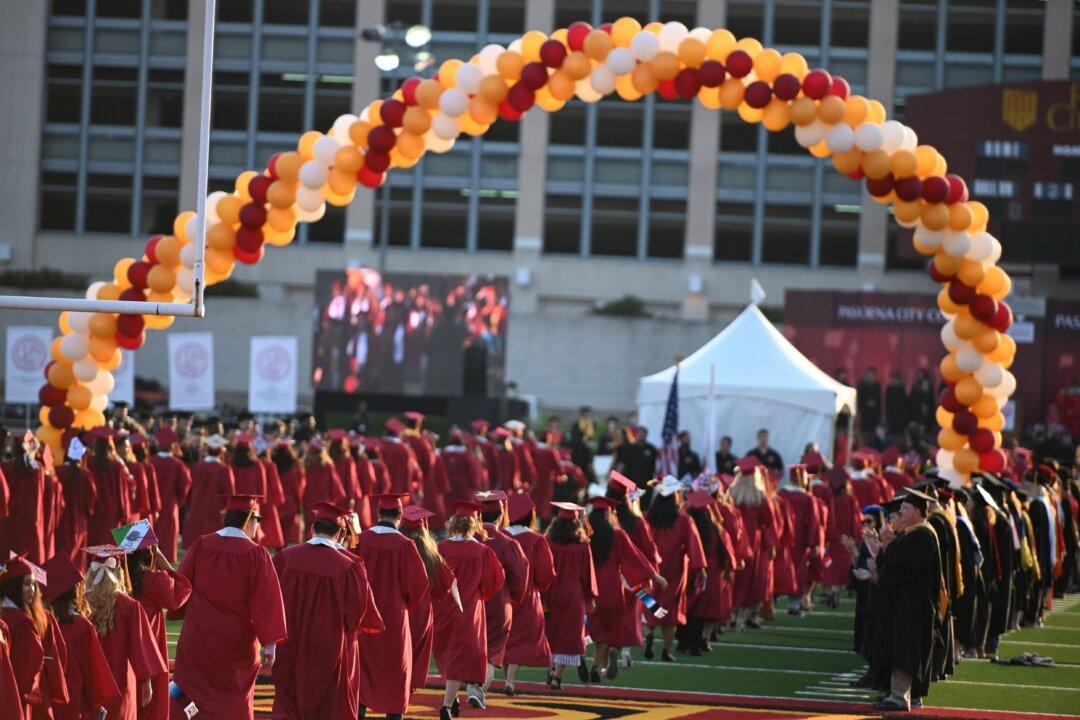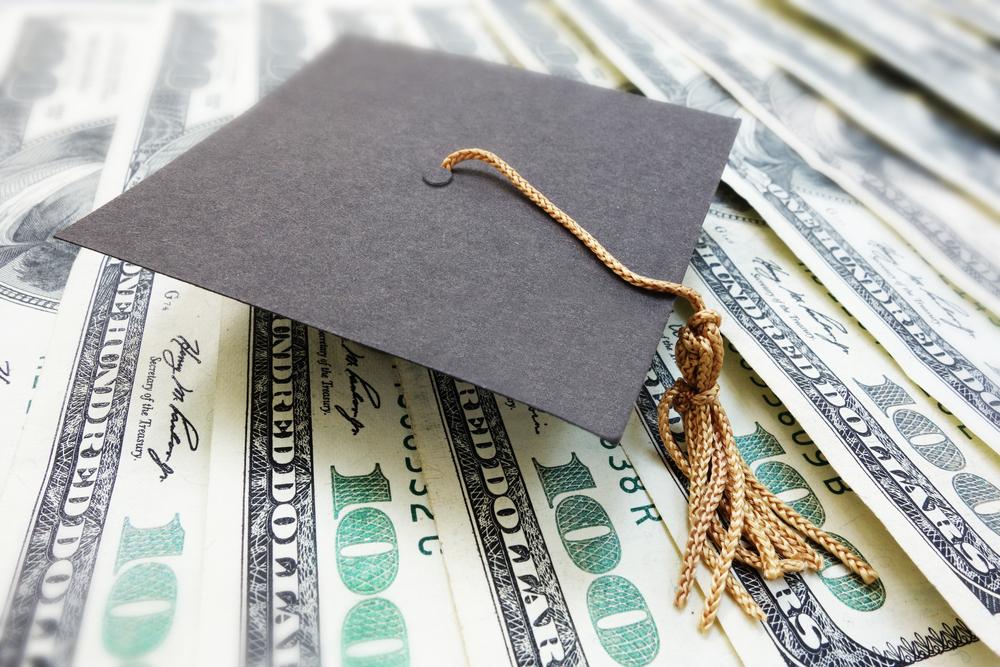History was made earlier this month when a New York judge ruled that U.S. Navy veteran Kevin Rosenberg’s $221,385.49 student loan debt balance is dischargeable under Chapter 7 bankruptcy.
Prior to the ruling, attempting to dismiss student loan debt through bankruptcy was exceedingly difficult, if not altogether impossible. Unlike other kinds of consumer debt, which can be erased after filing for bankruptcy, student loan debt is the only type considered ineligible for dismissal unless certain legal requirements are satisfied.



